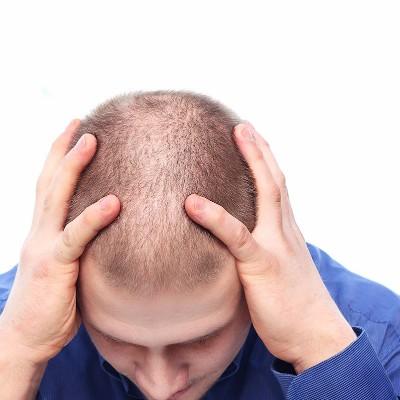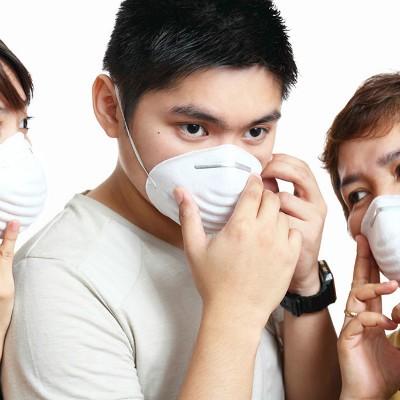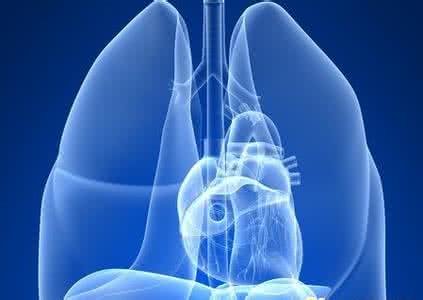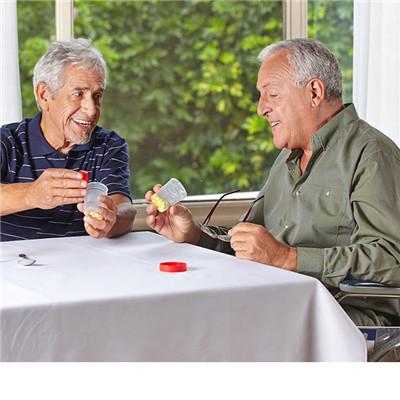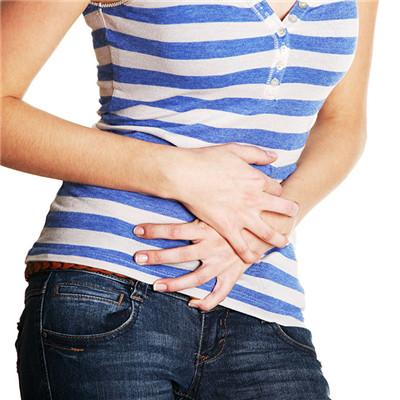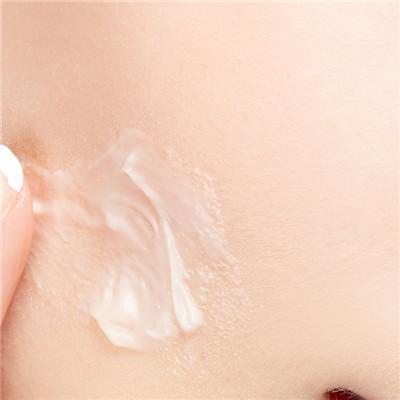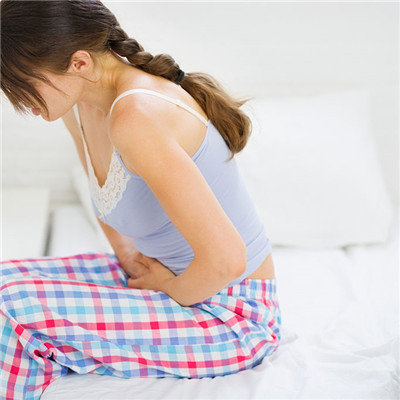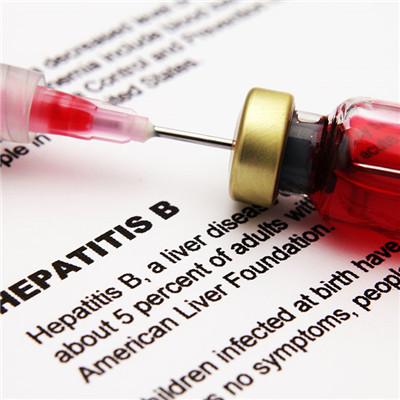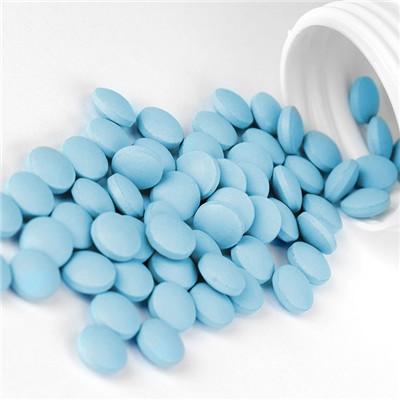Symptoms of olecranon bursitis at elbow
summary
Olecranon subcutaneous bursitis, a medical term, is a kind of disease, usually because the elbow is often impacted by external force, so that the olecranon subcutaneous bursa is crushed, injured, inflamed and swollen, resulting in pathological changes, forming bursitis. So, what are the symptoms of olecranon bursitis at the elbow? Let's talk about it
Symptoms of olecranon bursitis at elbow
Pain in the affected area and limited movement. Acute bursitis is characterized by pain, localized tenderness and limited activity. If the superficial bursa is involved (anterior patella and olecranon), the local area is often red and swollen. Chemical (such as crystal) or bacterial bursitis have severe pain, local skin redness, temperature rise. The attack can last for several days to several weeks and recur many times. Acute symptoms can occur after abnormal movement or excessive exertion.
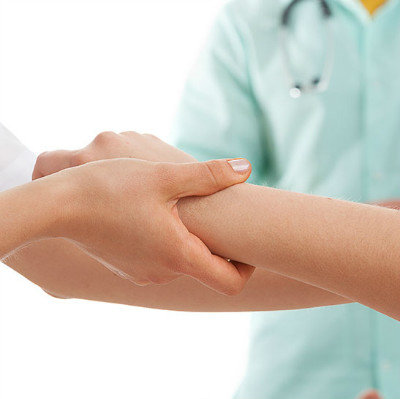
Muscle atrophy, uric acid crystal precipitation. Chronic bursitis is the development of acute bursitis after repeated attacks or repeated trauma. Due to synovial hyperplasia, the wall of the bursa became thicker. At last, the synovial sac adhered and formed villi, vegetations and calcification. Due to pain, swelling and tenderness, can lead to muscle atrophy and limited activity. The calcification of the subdeltoid, especially the subspinatus tendon bursa, can be confirmed by X-ray. In the acute stage of gout inflammation, crystals may precipitate from the olecranon and prepatellar synovial sac.
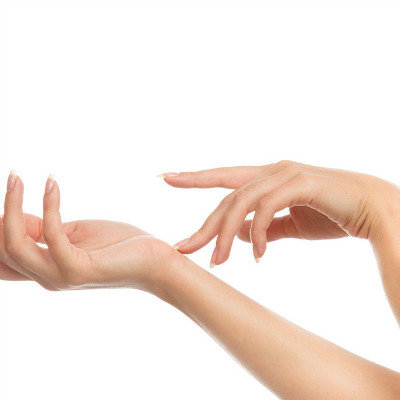
The amount of blood oozing and secretion of synovial fluid increased in the bursa. Traumatic bursitis is more common and chronic. It is often caused by long-term and repeated friction and compression in the prominent part of bone structure. For example, the elderly women with thin and weak body can have ischiostasis if they sit for a long time; Kneeling workers may have anterior patellar bursitis; Too tight shoes can cause heel bursitis, etc. The pathological manifestations were congestion, edema and villous. The increase of synovial fluid and filling of the bursa can lead to thickening and fibrosis of the bursa wall. Acute bursitis often occurs on the basis of chronic bursitis, when the injury strength is large. It may be accompanied by bloody synovial exudation.
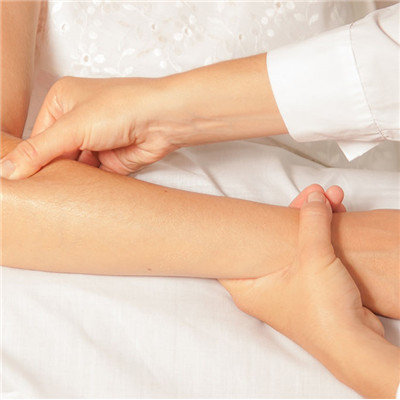
matters needing attention
Reasonable diet. Shoulder joint bursitis patients need to eat more Sanqi, hawthorn, Agastache rugosa, Xiebai, Capsella bursa pastoris and other food with promoting blood circulation and removing stasis, aromatic and resuscitation. They can eat more grapes, black beans, Lycium barbarum, longan, turtle meat and other food with Tonifying Qi and blood, nourishing liver and kidney, and eat more fresh vegetables, fruits and beans.


